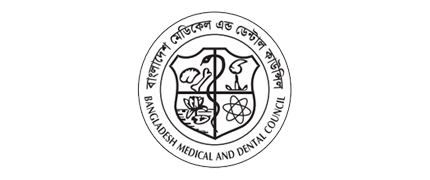Volume 2
Number 1, January 2020Wilson's Disease in Children : An Update
DOI: https://doi.org/10.47648/zhswmcj.2020.v0201.07
Sadika Kadir1 , Tamanna Begum2 , Mohammed Ashraful Haque3 , Nirupama Najim4 , Shayma Chakravarty5 , Anamika Roy6 , Tanvir Ahmeed7
Abstract
Wilson’s Disease is an autosomal recessive disorder of copper metabolism due to ATP7B gene defect. This defect result in progressive toxic accumulation of copper in liver, CNS, cornea, skeletal system and other organs. Clinical presentations of Wilson’s disease (WD) in childhood ranges from asymptomatic liver disease to cirrhosis or acute liver failure, whereas neurological and psychiatric symptoms are rare. The basic diagnostic approach includes serum ceruloplasmin and 24-hour urinary copper excretion. Final diagnosis of WD can be established using a diagnostic scoring system based on symptoms, biochemical tests assessing copper metabolism, and molecular analysis of mutations in the ATP7B gene. Pharmacological treatment is life-long and aims at removal of copper excess by chelating agents as D-penicillamine, trientine or inhibition of intestinal copper absorption with zinc salts. Acute liver failure often requires liver transplantation. Genetic therapy and haplocyte transplantation represent future curative treatment for Wilson’s disease.
Keywords: children, diagnosis, hepatitis, liver, treatment, Wilson’s disease.
- Assistant Professor,Department of Paediatrics
- Professor& Head of the department, Department of Paediatrics
- Assistant Professor, Neurosurgery
- Medical officer, Department of Paediatrics
- Medical officer, Department of Paediatrics
- Medical officer, Department of Paediatrics
- Medical officer, Department of Paediatrics






